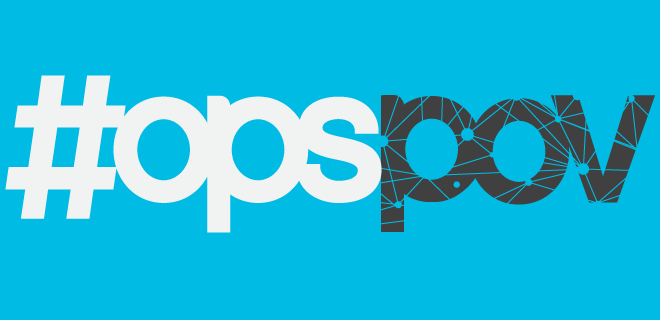
Since programmatic sales entered the video space a little over nine years ago, the market has continuously evolved. Originally, “programmatic” was all about the open marketplace, with scale and price efficiency the core focus.
A few years later, we saw the introduction of private marketplaces—invite-only marketplaces where premium publishers offered their video inventory to a selected group of advertisers, using a “Deal ID” to transact. These one-to-one relationships gave buyers transparency and controlled access to premium inventory in brand safe environments.
Today, a new breed of buying options is emerging. Last year, a hybrid of open and private marketplaces was introduced—Curated Marketplaces. These give buyers access to inventory from a range of publishers, hand-picked against certain criteria, like viewability, audience composition, content vertical or screen type.
Under this model, advertisers maintain full control of their buying criteria but can scale a buy across multiple publishers using the efficiencies of a single Group Deal ID. In simple terms, it’s a way of grouping different private marketplaces that meet the same campaign criteria into a single buy. So rather than looking at separate private marketplaces or the open marketplace’s 8 billion daily ad opportunities, advertisers are able to meet their goals in a single transaction.

Along with Curated Marketplaces, programmatic guaranteed buys—where buyers can reserve inventory from media owners upfront through their DSPs, and then transact those deals programmatically when the time comes—are emerging as a preferred transaction style. These are often established after a brand has been buying inventory through a private or Curated Marketplace, and noticed strong, consistent performance against their KPIs from a publisher. The advertiser will then elect to buy ahead of time to ensure the inventory is reserved, giving them greater certainty of meeting their campaign goals.
Reserving based on audience and common currency verification (both sides understand the target(s) instead of just blocks of impressions) will also become much more prominent in 2017, so long as the challenges around transparency with first-party data when it is used, are addressed.
Only Limited by Imagination
Customization is limited only by the buyer’s imagination. The ability to pool multiple publishers’ inventory together brings the scale of many audience types and delivery environments to a critical mass for advertisers. Advertisers can sign up to marketplaces built around virtually anything—from year-round contextual opportunities to seasonal opportunities, like audiences defined by party affiliation for election cycles or events such as holiday shopping periods.
With Curated Marketplaces and programmatic guaranteed, the power is in the buyer’s court. Buyers can define and launch their own customized marketplaces, based on a broad array of criteria, to achieve the scale of an open marketplace, with the safety and supplier transparency of a private marketplace.
Both buying options open up first-look at publishers’ ad stacks and prioritized access to inventory, making it easier for buyers to access defined ad placements while maintaining domain-level transparency.
Sophisticated buyers are setting up specific marketplaces to target viewability; premium, high-demand brand associations; and specific completion rates or other campaign KPIs. Out of the SpotX-sourced buys in Q3 2016 (buys where the SpotX Demand Facilitation team set up deals between buyers and sellers), 77% of revenue came from deals executed through one-to-one private marketplaces, while 23% were Curated Marketplaces. With brand safety a key concern for many advertisers, the mechanism gives buyers the peace of mind that their messages will appear in relevant locations with brand-appropriate placements.
All in all, the new buying options allow buyers and publishers to retain full control over their transactions and inventory. With benefits for both the buy and sell side in terms of efficiency, they’re set to become the most common transaction methods, and the new standard on which “programmatic” advertising will be defined.